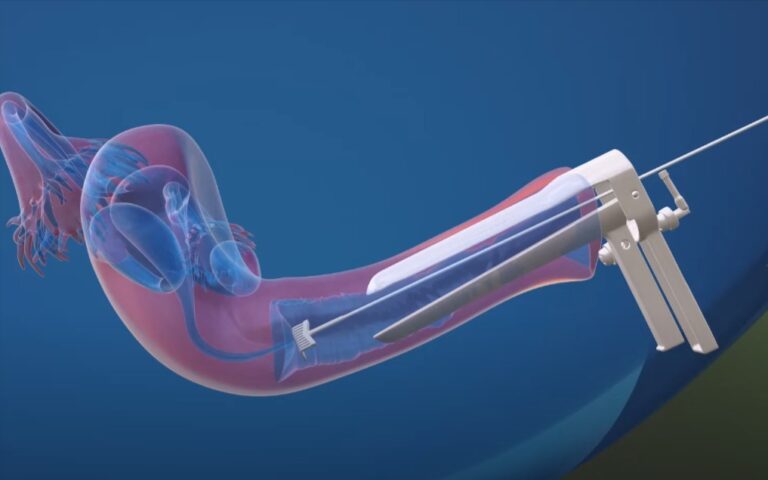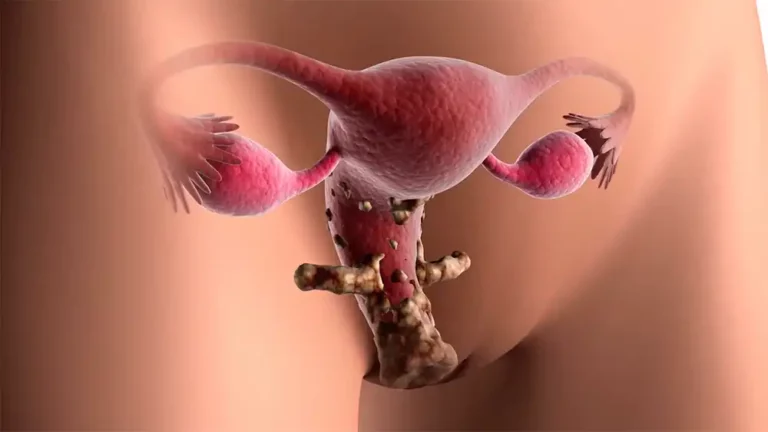Pap Smear after Hysterectomy: Cervical Cancer Screening
The importance of pap smears after this surgery is significant, for a better understanding this procedure is also known as pap test. This procedure involves removing the uterus and sometimes the cervix, and it can be done for various reasons, including treating benign conditions or preventing/treating cancer. Pap smears are traditionally used to screen for cervical…



